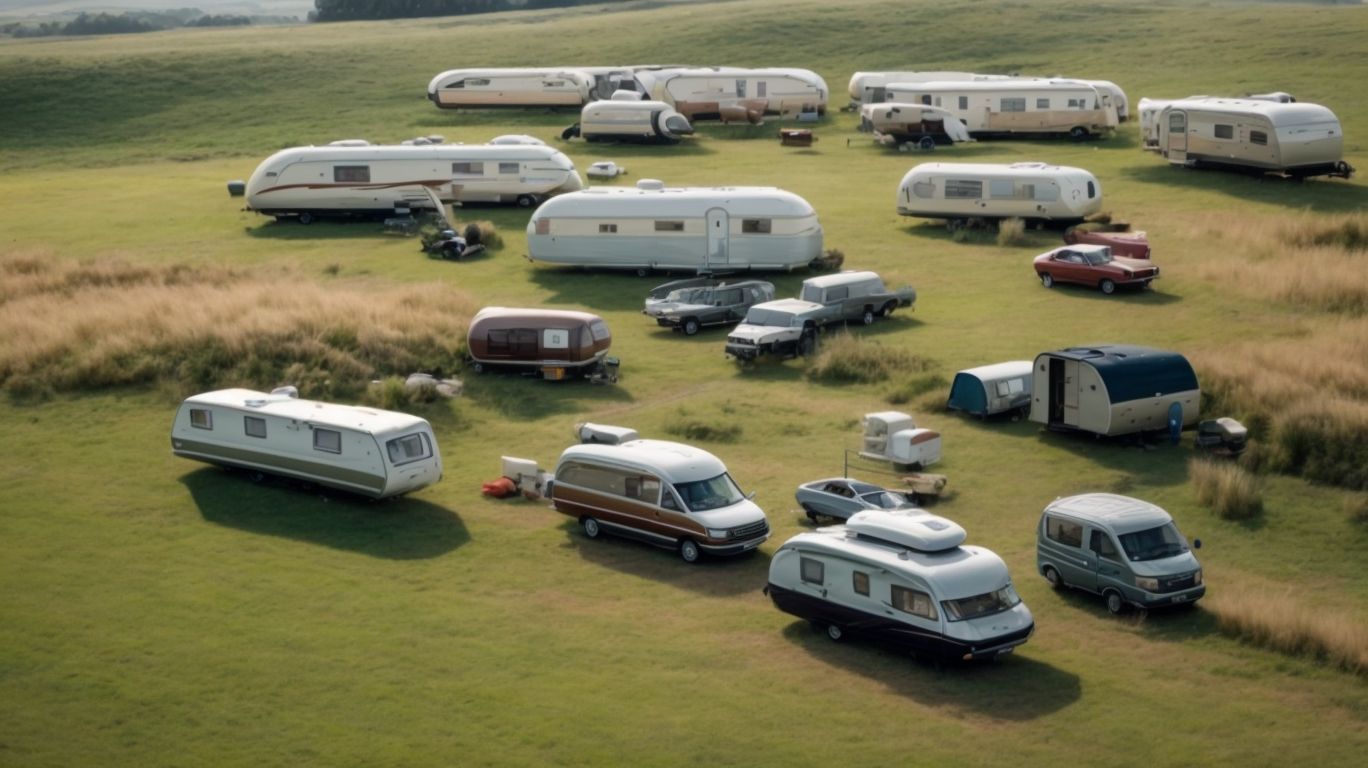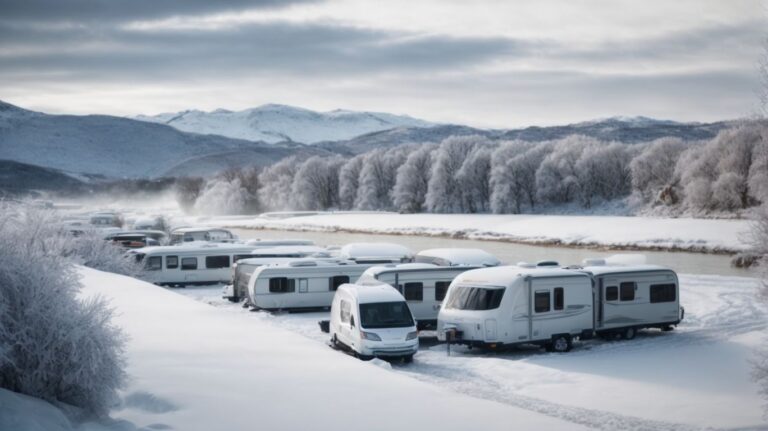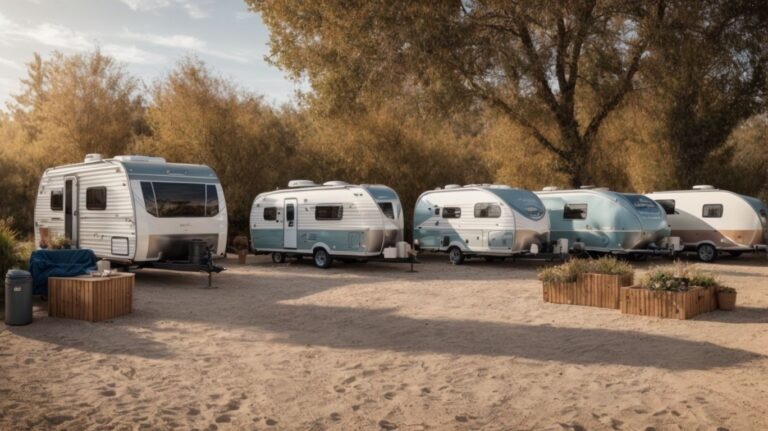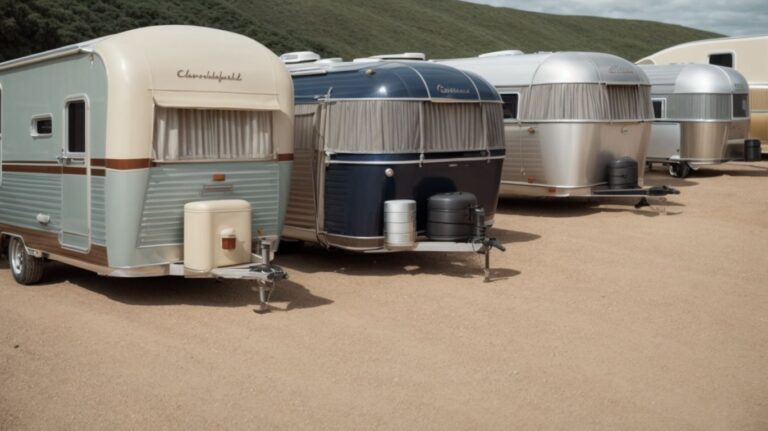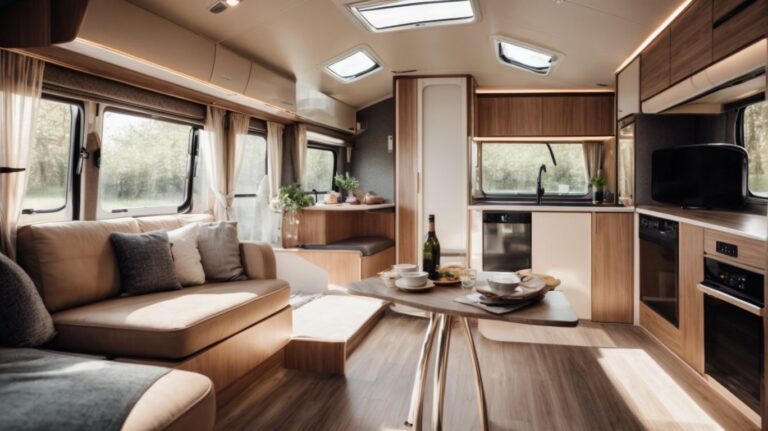Avoiding Damp: Which Caravans to Look Out For
Considering purchasing a caravan but concerned about potential damp issues? This comprehensive article explores damp in caravans, signs to watch for, common areas where damp occurs, and underlying causes. Learn how weather and caravan age can impact damp, along with valuable tips on prevention through maintenance and storage.
Discover different caravan types, their pros and cons, and factors to consider when buying, such as red flags for damp and key prevention features. Get expert advice on avoiding damp in your caravan!
Key Takeaways:
What Is Damp in Caravans?
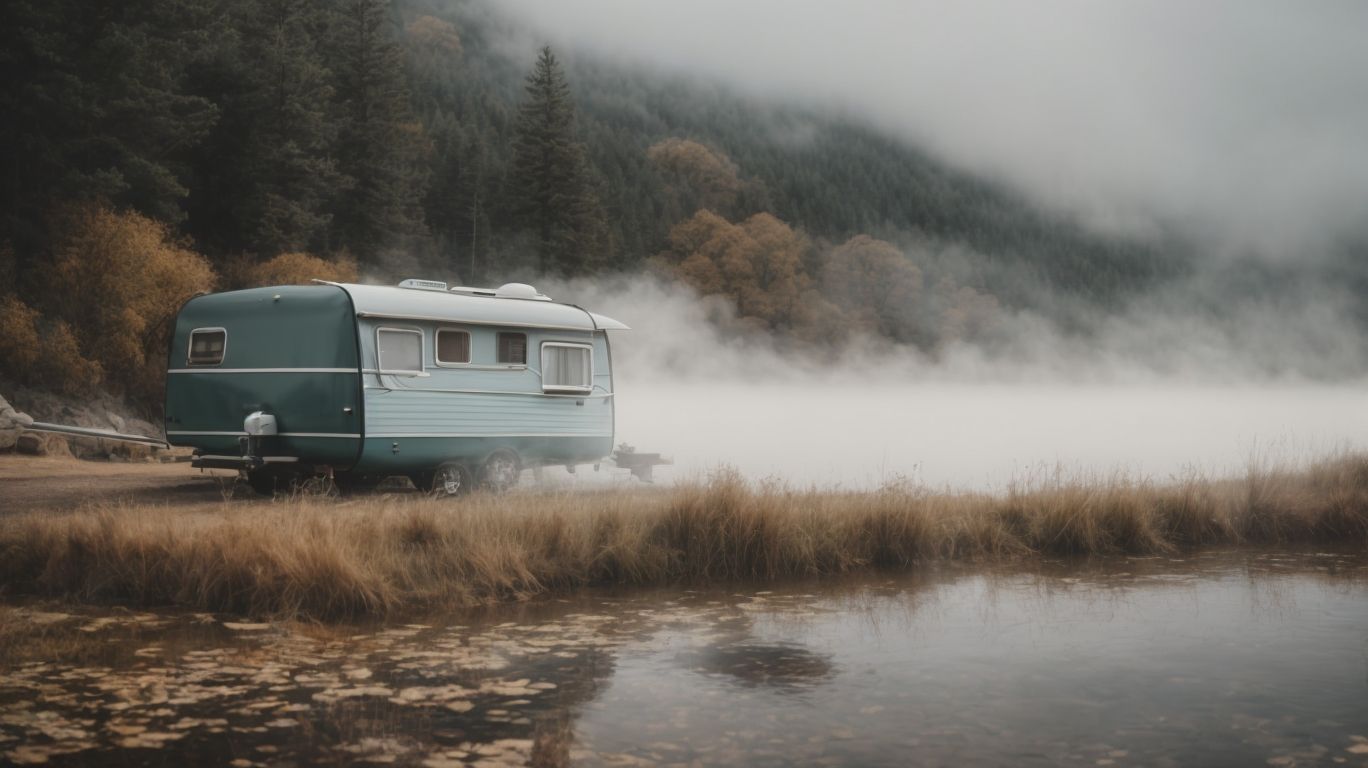
Credits: Motorcaravanning.Com – John Walker
Damp in caravans refers to the presence of excess moisture within the interior spaces of the caravan, leading to the growth of mould and potential structural damage if left untreated.
Excessive dampness not only poses a threat to the caravan’s structure but also impacts the health and comfort of its occupants. Mould growth in damp areas can lead to respiratory issues and allergies. Prevention is key in averting these risks, with regular inspections and maintenance essential. Signs of damp to watch out for include musty odors, water stains, peeling wallpaper, and a feeling of dampness in the air.
What Are the Signs of Damp in Caravans?
Recognizing the signs of damp in caravans is crucial to addressing the issue promptly and preventing further damage.
One of the first indicators of damp in a caravan is the presence of mould. Mould can appear on walls, ceilings, or soft furnishings. It often manifests as fuzzy spots of various colors like green, black, or white.
Another red flag to watch out for is musty odors. If the caravan has a lingering musty smell that doesn’t dissipate with airing out, it could point to underlying dampness issues. Traces of water leaks can be telling signs as well. Look out for water stains, discoloration, or peeling paint which may indicate water ingress.
What Are the Common Areas for Damp in Caravans?
Common areas prone to damp in caravans include window seals, around shower and laundry facilities, beneath sinks, and in wooden constructions where leaks or poor ventilation may lead to moisture buildup.
Window seals are particularly vulnerable to damp issues due to their direct exposure to external elements and potential for wear and tear over time. Areas surrounding water sources, such as showers and sinks, are also high-risk zones as they are constantly in contact with moisture. Wooden structures within caravans, like cabinets and furniture, can easily absorb and retain moisture if not properly sealed or ventilated.
What Causes Damp in Caravans?
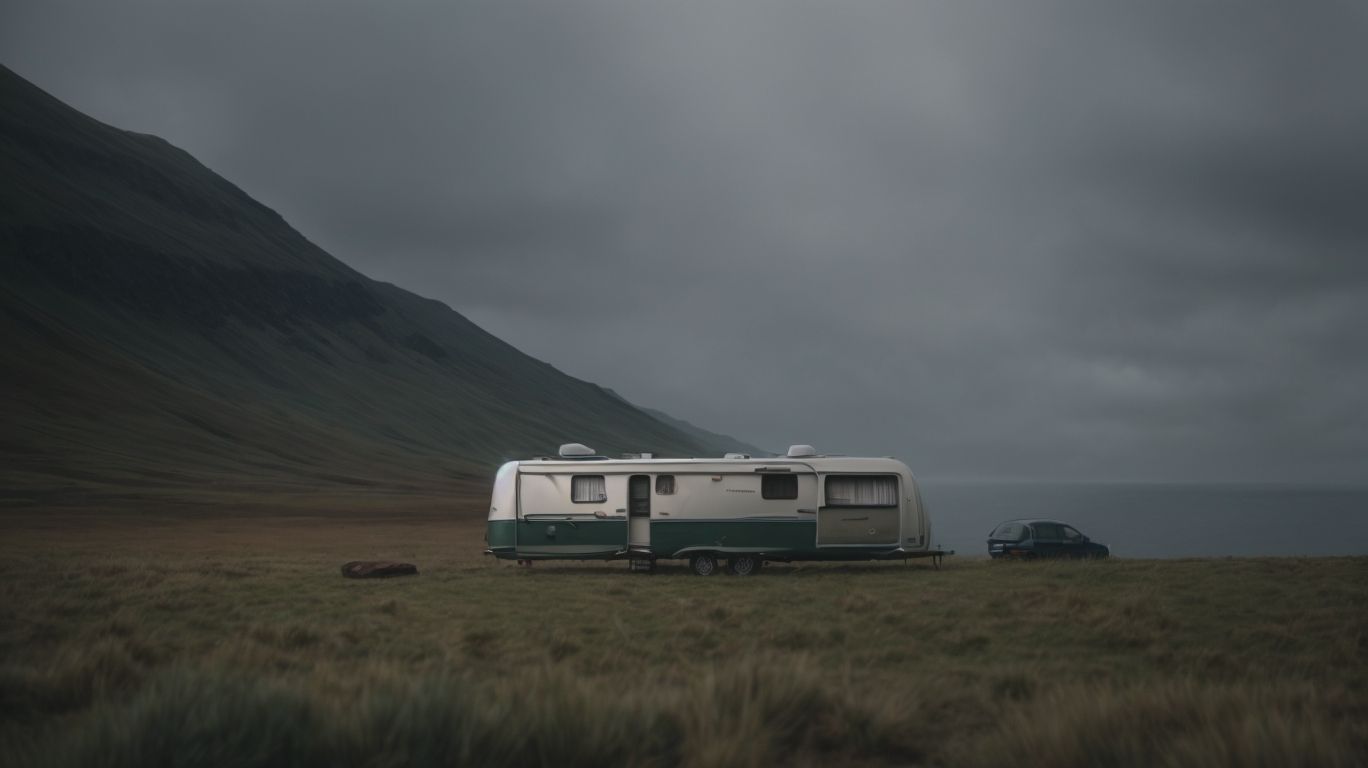
Credits: Motorcaravanning.Com – Edward Williams
Damp in caravans can be caused by inadequate ventilation, water leaks from plumbing or external sources, high moisture levels due to cooking or showering activities, and water ingress through damaged seals or windows.
One of the primary culprits for dampness in caravans is poor ventilation, which leads to trapped moisture within the confined space. When air circulation is restricted, humidity builds up, creating an environment conducive to mold and mildew growth. Water leaks, whether from faulty plumbing installations or external factors like rain seeping in through cracks, contribute significantly to damp issues.
The everyday activities such as cooking or showering generate excess moisture that can permeate into the caravan’s interior surfaces, exacerbating dampness. It is crucial to maintain proper ventilation protocols and promptly address any leaks to prevent long-term damage.
Does Weather Affect Damp in Caravans?
Weather conditions can significantly impact dampness in caravans, with heavy rainfall or humidity levels increasing the risk of leaks and moisture infiltration, making it essential to monitor damp levels using a damp meter.
When heavy rain occurs, it can seep into cracks or gaps in the caravan’s exterior, leading to water finding its way inside. High levels of humidity can exacerbate this issue, creating a breeding ground for mold and mildew. Temperature changes can also play a role, causing materials to expand and contract, potentially weakening seals over time. Using a damp meter helps owners detect any hidden moisture early, preventing costly damages and preserving the integrity of the caravan.
Does Age of Caravan Affect Damp?
The age of a caravan can impact its susceptibility to damp, as older caravans may have worn seals, deteriorated construction materials, or previous moisture damage that requires thorough mould removal and the use of dehumidifiers.
Proper maintenance is crucial for preventing and addressing damp-related issues in caravans. Older caravans, due to wear and tear over time, are more prone to leaks and water ingress, making them vulnerable to dampness.
Mould removal becomes essential to prevent health hazards and structural damage caused by fungal growth. Utilizing dehumidifiers in these scenarios helps maintain optimal humidity levels, reducing the risk of damp formation and subsequent mould infestation.
Regular inspections and repairs of seals, roofs, and windows can significantly mitigate damp problems associated with aging caravans.
How to Prevent Damp in Caravans?
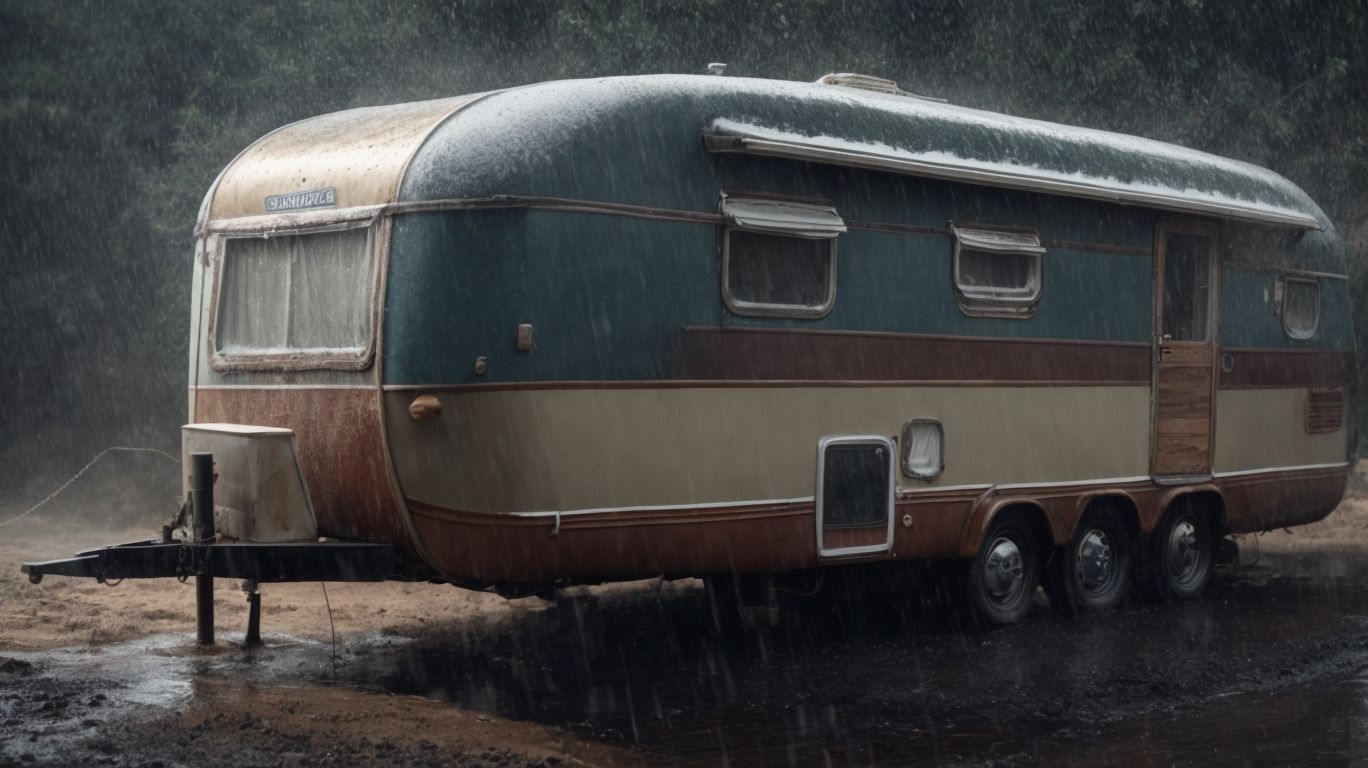
Credits: Motorcaravanning.Com – Justin Martin
Preventing damp in caravans requires proactive measures such as ensuring proper ventilation, addressing leaks promptly, using dehumidifiers to control moisture levels, and minimizing condensation through adequate airflow.
Proper ventilation is crucial in preventing damp as it helps in circulating air and reducing humidity levels within the caravan. Identifying and repairing any leaks promptly can prevent water infiltration, which is a common cause of dampness.
- Using a dehumidifier is a practical way to maintain optimal moisture levels, especially in humid conditions or when the caravan is not in use for extended periods.
- Reducing condensation can be achieved by opening windows or installing vents to allow for proper airflow, thus preventing moisture buildup.
What Are the Maintenance Tips to Prevent Damp?
Effective maintenance tips to prevent damp in caravans include regular damp meter checks, inspecting wooden construction for signs of moisture damage, sealing any gaps or cracks, and implementing a routine cleaning schedule to deter mould growth.
Using a damp meter is crucial as it allows you to detect any hidden moisture levels that could lead to damp problems. Examining the wooden structures of your caravan for soft spots or discoloration is imperative as these could indicate water damage.
Sealing off any potential entry points where water could seep in, such as around windows, doors, or seams, helps create a barrier against damp penetration.
Incorporating a regular cleaning routine not only keeps your caravan looking tidy but also helps prevent the buildup of dirt and grime that can contribute to mold growth.
What Are the Storage Tips to Prevent Damp?
Optimal storage practices to prevent damp in caravans involve airing out cushions and bedding regularly, utilizing moisture-absorbing materials like clove oil sachets, keeping interior spaces well-ventilated, and ensuring items are dry before stowing them away.
One effective way to use clove oil for moisture absorption is by placing sachets in various corners of the caravan, especially areas prone to dampness such as storage compartments and closets. This natural method not only helps in preventing moisture buildup but also leaves a pleasant aroma.
Proper ventilation plays a crucial role in maintaining a dry environment within the caravan. Opening windows and installing vents can help in allowing air circulation, which in turn discourages mold and mildew growth.
Before storing any items, make sure they are completely dry. This includes clothes, bedding, kitchenware, and any other belongings. Investing in a dehumidifier can also aid in reducing excess humidity levels within the caravan.
What Are the Different Types of Caravans?
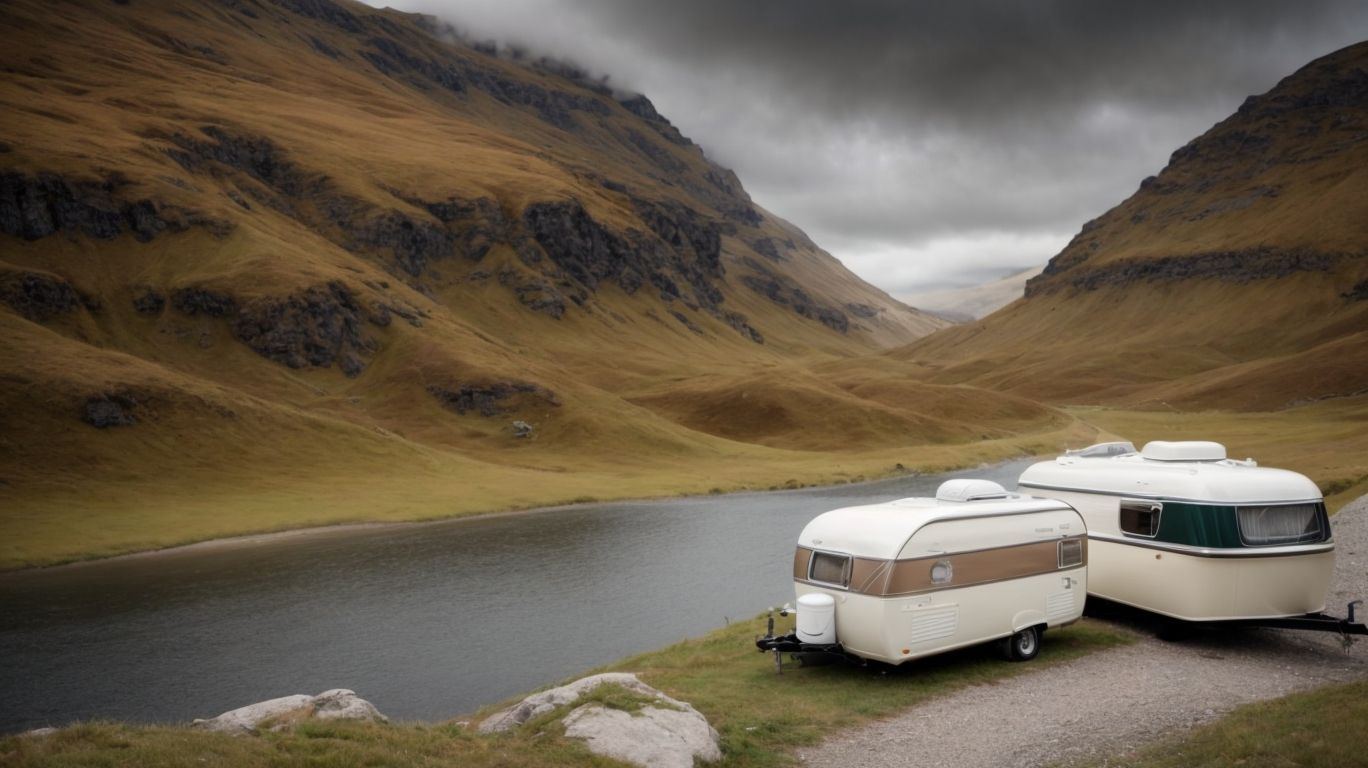
Credits: Motorcaravanning.Com – George Torres
Caravans come in various types, including traditional models with wooden construction, modern variants featuring double glazing seals for enhanced insulation, and specialized designs tailored to specific recreational needs.
Traditional caravans typically have a cozy and rustic charm, constructed with durable materials like wood that give them a timeless appeal. In contrast, modern caravans prioritize comfort and energy efficiency, implementing high-quality double glazing seals that provide better insulation, making them suitable for all-season use. Specialized caravan designs cater to different preferences, such as off-road models for adventurous travelers, luxury caravans with sophisticated amenities for those seeking a premium experience, and compact designs for easy towing and maneuverability.
What Are the Pros and Cons of Each Type?
Each type of caravan offers distinct advantages and drawbacks. Traditional models may have a classic appeal but require more maintenance, while modern caravans with double glazing seals provide better insulation and may impact caravan insurance premiums.
Traditional caravans often feature timeless designs that appeal to those looking for a nostalgic camping experience. Their older construction may lead to more frequent repairs and upkeep, resulting in higher maintenance costs over time.
In contrast, modern caravans are equipped with advanced insulation technology, such as double glazing seals, which help regulate internal temperatures and reduce energy consumption. This not only provides a more comfortable living space but also contributes to potential savings on heating bills.
In terms of insurance, the enhanced security measures and structural integrity of modern caravans could lead to lower premiums compared to their traditional counterparts. Insurers often consider the level of protection provided by the caravan when determining insurance rates.
What Should You Look for When Buying a Caravan?
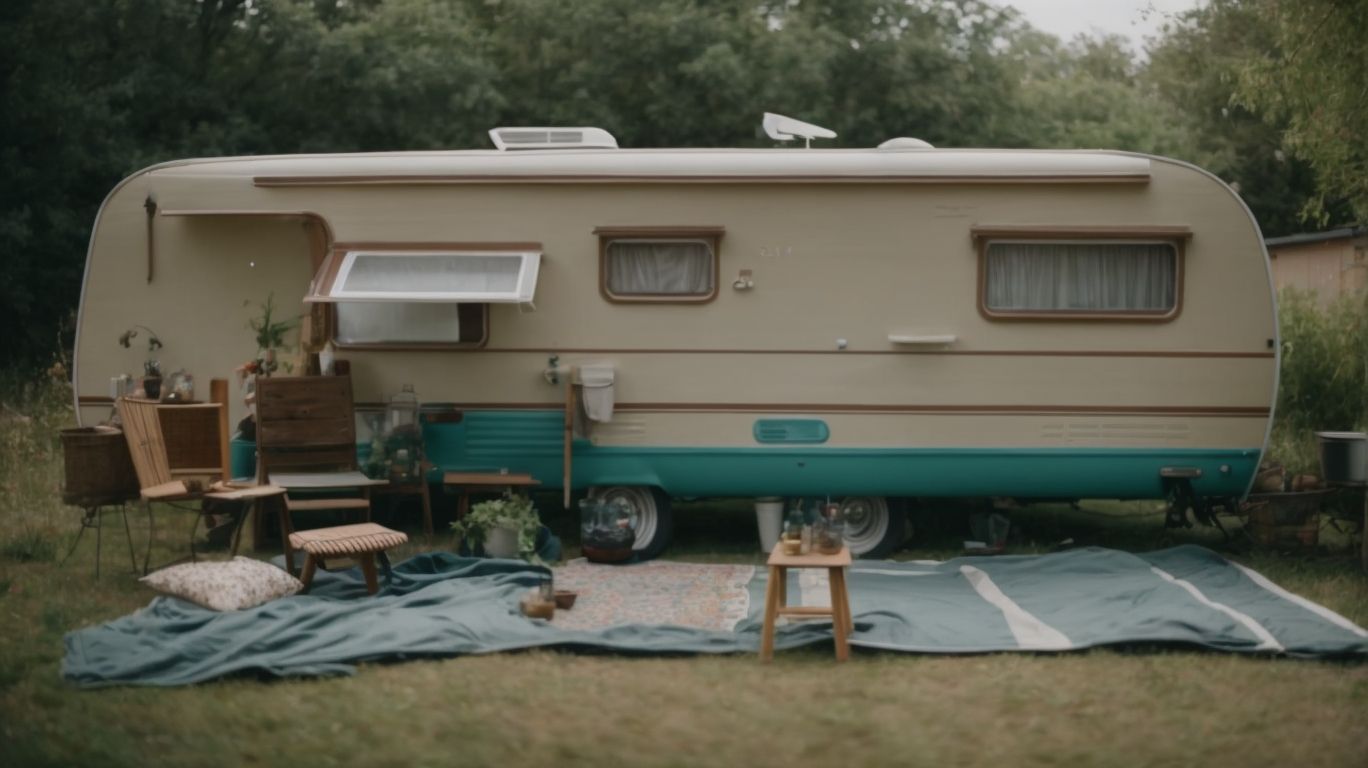
Credits: Motorcaravanning.Com – Walter Adams
When purchasing a caravan, it is essential to watch out for red flags such as signs of damp, water ingress points, or structural weaknesses, while also considering important features like insulation quality, storage capacity, and overall maintenance history.
One critical factor to pay attention to is the caravan’s insulation level, which plays a crucial role in maintaining internal temperatures and protecting against cold weather.
Ample storage space is essential for keeping necessary supplies and equipment organized, ensuring a comfortable journey.
Inspecting the maintenance records of the caravan can provide valuable insights into its upkeep history and any potential recurring issues to be cautious of. This thorough examination can help you make an informed decision and prevent unexpected repair costs down the road.
What Are the Red Flags for Damp in a Caravan?
Red flags indicating damp in a caravan include discolored patches on walls, a musty smell, soft floors near water sources, and deteriorating rubber surrounds on windows or doors, signaling potential water ingress and structural issues.
These discolored patches may appear as dark or moldy spots, hinting at a moisture problem that demands attention. The musty smell is often a tell-tale sign of mold growth or stagnant water, which could be lurking behind the walls or under flooring.
Soft floors near water sources, such as sinks or showers, indicate possible leaks that have seeped into the structure, weakening the integrity of the caravan. Keep an eye out for bubbling or peeling paint, as these can also reveal water damage.
The deterioration of rubber surrounds around windows or doors can allow water to seep into the caravan, leading to not only dampness but also potential rot and structural decay.
What Are the Important Features to Consider for Damp Prevention?
Crucial features to prioritize for damp prevention in caravans include effective ventilation systems, waterproof seals on windows and doors, quick fixes for leaks, and ensuring interior spaces stay dry through proper airflow and maintenance practices.
Effective caravan ventilation systems play a significant role in preventing dampness by enhancing air circulation and reducing moisture buildup. Ensuring that windows and doors are sealed with water-resistant materials further bolsters the caravan’s defense against water infiltration. Quick, reliable leak repair solutions, such as sealants and specialized tapes, are essential for addressing any unexpected breaches that could lead to dampness.
Regularly inspecting and maintaining these features can help safeguard the interiors of the caravan from damp-related issues, providing a comfortable and dry living environment for occupants.
Frequently Asked Questions
What is the main cause of damp in caravans?
The main cause of damp in caravans is poor ventilation, which leads to moisture build-up and condensation. This can also be exacerbated by leaks in the roof or windows.
Which caravans are more prone to damp?
Older caravans with poor ventilation systems and inadequate insulation are more prone to damp. Additionally, caravans that have been stored in damp and humid environments are at a higher risk.
How can I tell if a caravan has damp?
The most common signs of damp in a caravan are musty smells, discolored walls or floors, and soft or spongy spots. You may also notice mold or mildew growth, or a damp feeling in the air.
What should I look for when inspecting a caravan for damp?
When inspecting a caravan for damp, check the walls, ceilings, and floors for discoloration, soft spots, or musty smells. Also, be sure to check the corners and edges of windows and doors, as well as any storage compartments or hidden areas.
Are there any specific caravan brands that are known for being resistant to damp?
While all caravans are at risk for damp, some popular brands known for their damp-resistant features include Swift, Bailey, and Elddis. It’s important to still thoroughly inspect any caravan, regardless of the brand.
How can I prevent damp in my caravan?
To prevent damp in your caravan, make sure to properly ventilate it by opening windows and using a dehumidifier if needed. Regularly inspect and fix any leaks, and keep the interior clean and dry. Storing your caravan in a well-ventilated and dry area can also help prevent damp.

